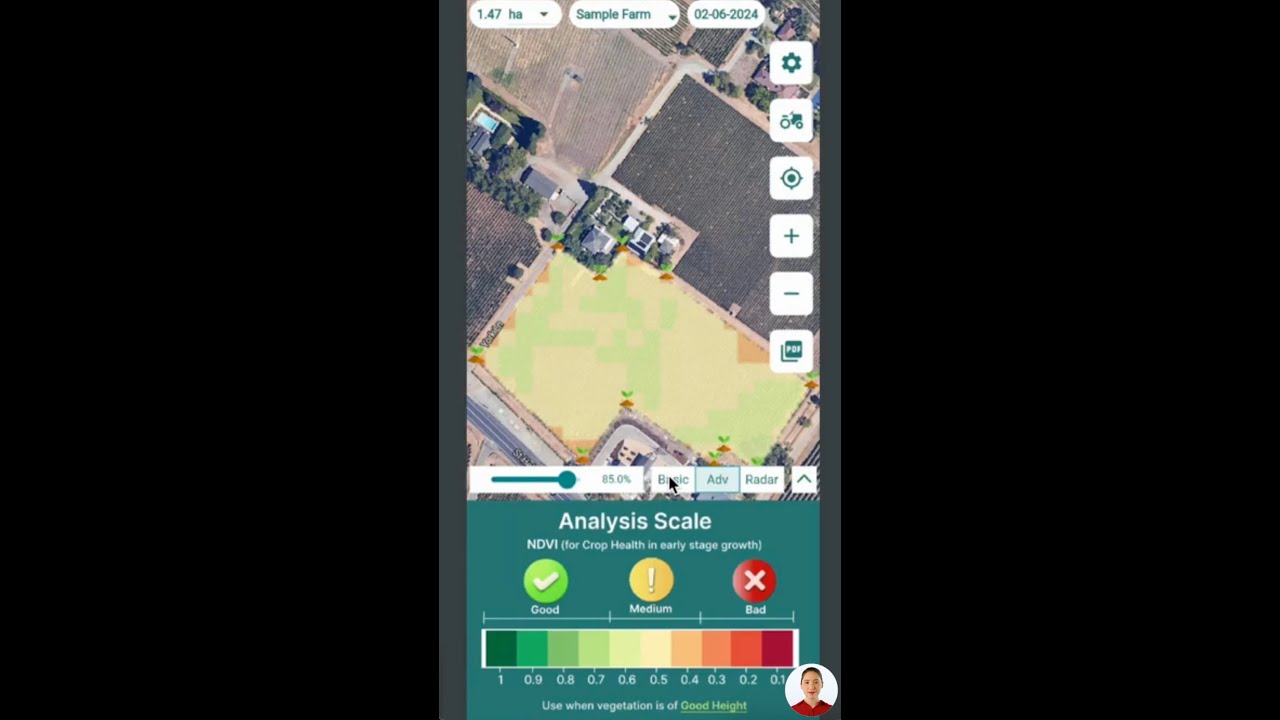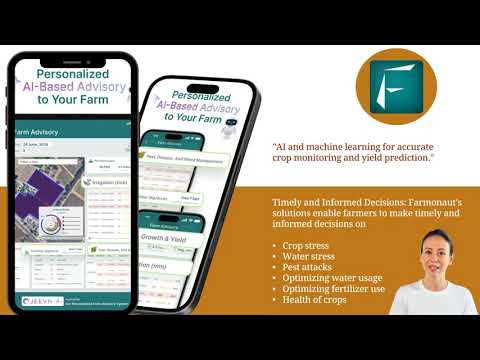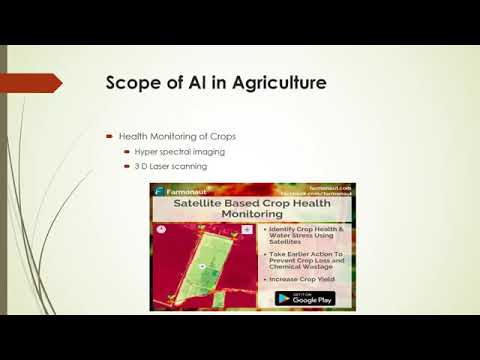Florida’s Agricultural Labor Dilemma: Navigating Immigration Policies and Workforce Challenges

“Florida’s agriculture industry relies heavily on temporary agricultural visas, with over 25,000 H-2A workers employed annually.”
In the heart of the Sunshine State, a complex narrative unfolds as Florida’s agricultural sector grapples with a pressing labor dilemma. We find ourselves at the intersection of immigration policies, workforce challenges, and the economic backbone of one of America’s most productive agricultural regions. As we delve into this multifaceted issue, we’ll explore how Florida’s farms and groves are navigating a turbulent landscape shaped by political rhetoric, policy debates, and the undeniable need for a stable workforce.
The agricultural industry in Florida is not just a cornerstone of the state’s economy; it’s a vital component of the nation’s food security. However, the sector faces significant hurdles in maintaining a reliable labor force amidst evolving immigration policies and workforce dynamics. In this comprehensive analysis, we’ll unpack the complexities of Florida’s agricultural labor situation, examining the intricate balance between industry needs, policy considerations, and economic impacts.
The Current State of Florida’s Agricultural Workforce
Florida’s agricultural sector is a powerhouse, producing a wide variety of crops that feed not only the state but also contribute significantly to the national food supply. From citrus fruits to sugar cane, from tomatoes to strawberries, the state’s diverse agricultural output relies heavily on a robust and flexible workforce. However, the composition of this workforce has become a point of contention and concern.
- Reliance on foreign labor
- Seasonal nature of agricultural work
- Challenges in attracting domestic workers
The industry’s dependence on foreign workers, particularly those with temporary agricultural visas, has been a long-standing feature of Florida’s farming landscape. This reliance stems from several factors, including the seasonal nature of agricultural work and the challenges in attracting domestic workers to these often demanding and transient positions.
The H-2A Visa Program: A Critical Component
At the center of Florida’s agricultural labor strategy is the H-2A visa program. This federal initiative allows U.S. employers to bring foreign nationals to the country to fill temporary agricultural jobs. For many Florida farmers, the H-2A program has become an essential tool for securing a legal and reliable workforce during peak harvest seasons.
Key aspects of the H-2A program include:
- Temporary employment of foreign agricultural workers
- Strict regulatory requirements for employers
- Provisions for worker housing and transportation
- Guaranteed minimum wage rates
While the H-2A program provides a legal avenue for foreign agricultural labor, it’s not without its challenges. Farmers often cite the program’s complexity, high costs, and bureaucratic hurdles as significant impediments to its broader adoption.
Political Landscape and Immigration Reform Debates
The issue of agricultural labor in Florida has become increasingly politicized, with state leaders like Governor Ron DeSantis taking strong stances on immigration and labor policies. This political climate has created a complex environment for agricultural stakeholders to navigate.
Key points of contention include:
- Accusations of industry reliance on “cheap, illegal foreign labor”
- Proposed changes to state immigration enforcement structures
- Debates over the role of the state agriculture commissioner in immigration matters
These political debates have significant implications for the agricultural sector, potentially influencing policy decisions that could reshape the industry’s access to foreign labor. As we analyze these developments, it’s crucial to consider the perspectives of various stakeholders, including farmers, policymakers, and labor advocates.
Industry Response and Advocacy Efforts
In response to the challenging political climate, Florida’s agricultural industry has adopted a cautious approach to advocacy. Many industry representatives are working behind the scenes to promote immigration reform that addresses the sector’s labor needs while complying with legal and regulatory requirements.
Key advocacy points include:
- Streamlining the H-2A visa process
- Developing a more user-friendly immigration system
- Highlighting the industry’s compliance with labor laws
- Emphasizing the economic importance of agriculture to Florida
As we explore these advocacy efforts, we’ll examine how industry leaders are balancing the need for reform with the political sensitivities surrounding immigration issues.

The Economic Impact of Agricultural Labor Policies
The labor challenges facing Florida’s agricultural sector have far-reaching economic implications. From the local farm economies to the state’s overall economic health, the availability and stability of the agricultural workforce play a crucial role.
Economic factors to consider include:
- Contribution of agriculture to Florida’s GDP
- Potential crop losses due to labor shortages
- Ripple effects on related industries (e.g., transportation, processing)
- Impact on food prices for consumers
We’ll delve into these economic considerations, examining how labor policies and workforce availability influence Florida’s agricultural competitiveness and economic resilience.
“Labor shortages in Florida’s farms can lead to crop losses of up to 20% during peak harvest seasons.”
The Role of Technology in Addressing Labor Challenges
As the agricultural sector grapples with workforce uncertainties, technology is emerging as a potential solution to some of these challenges. Precision agriculture tools, like those offered by Farmonaut, are helping farmers optimize their operations and potentially reduce labor dependencies.
Technological advancements include:
- Satellite-based crop health monitoring
- AI-driven advisory systems for farm management
- Automation and robotics in harvesting and processing
- Data-driven decision-making tools
While technology cannot entirely replace human labor in agriculture, it can significantly enhance efficiency and productivity. We’ll explore how these innovations are shaping the future of farming in Florida and their potential to alleviate some of the pressures associated with labor shortages.
Balancing Act: Industry Needs vs. Policy Considerations
At the heart of Florida’s agricultural labor dilemma is the need to balance industry requirements with evolving policy considerations. This delicate equilibrium involves addressing concerns about immigration enforcement while ensuring the agricultural sector has access to the workforce it needs to thrive.
Key considerations in this balancing act include:
- Ensuring food security and maintaining agricultural productivity
- Addressing concerns about illegal immigration and border security
- Protecting worker rights and ensuring fair labor practices
- Maintaining Florida’s competitive edge in agricultural production
We’ll examine how policymakers, industry leaders, and other stakeholders are working to find common ground and develop solutions that address these diverse and often competing interests.
The Human Element: Stories from the Fields
Behind the statistics and policy debates are the personal stories of those directly impacted by Florida’s agricultural labor situation. From farm owners struggling to secure a reliable workforce to foreign workers navigating the complexities of temporary visa programs, these narratives provide crucial context to the broader discussion.
Perspectives we’ll explore include:
- Farmers’ experiences with labor shortages and visa programs
- Foreign workers’ motivations and challenges in agricultural employment
- Community impacts of agricultural labor policies
- Views of domestic workers on agricultural employment opportunities
By highlighting these personal accounts, we aim to provide a more nuanced understanding of the human element at the core of Florida’s agricultural labor dilemma.
Explore Farmonaut’s API for advanced agricultural insights
Looking Ahead: Potential Solutions and Future Scenarios
As Florida’s agricultural sector navigates these complex labor challenges, various solutions and future scenarios are being proposed and debated. From comprehensive immigration reform to innovative workforce development programs, stakeholders are exploring multiple avenues to address the industry’s labor needs.
Potential solutions and scenarios include:
- Reforms to streamline and expand the H-2A visa program
- Development of domestic agricultural workforce initiatives
- Increased adoption of technology and automation in farming
- Collaborative approaches between industry, government, and labor organizations
We’ll analyze these proposed solutions, considering their potential impacts on Florida’s agricultural sector and the broader implications for the state’s economy and food production capabilities.
The Role of Data and Technology in Informed Decision-Making
In addressing Florida’s agricultural labor challenges, data-driven insights and technological solutions play an increasingly crucial role. Tools like Farmonaut’s satellite-based crop monitoring and AI advisory systems can help farmers optimize their operations, potentially mitigating some of the impacts of labor shortages.
Key benefits of data and technology include:
- Enhanced crop yield predictions for better labor planning
- Resource optimization to reduce overall labor requirements
- Real-time monitoring for more efficient workforce deployment
- Data-backed insights for policy discussions and advocacy efforts
By leveraging these technological advancements, Florida’s agricultural sector can make more informed decisions about workforce needs and resource allocation, potentially easing some of the pressures associated with labor shortages.
Access Farmonaut’s API Developer Docs for integration details
Florida Agricultural Labor Statistics
| Year | Total Agricultural Workers | Domestic Workers (%) | H-2A Visa Workers (%) | Estimated Labor Shortage (%) |
|---|---|---|---|---|
| 2019 | 85,000 | 70% | 25% | 5% |
| 2020 | 82,000 | 68% | 27% | 7% |
| 2021 | 80,000 | 65% | 30% | 10% |
| 2022 | 79,000 | 62% | 33% | 12% |
| 2023 | 78,000 | 60% | 35% | 15% |
This table illustrates the evolving landscape of Florida’s agricultural workforce over the past five years. We can observe a gradual decrease in the total number of agricultural workers, coupled with an increasing reliance on H-2A visa workers. The growing estimated labor shortage percentage highlights the ongoing challenges faced by the industry in securing an adequate workforce.
The Global Context: Comparing Florida’s Challenges to Other Agricultural Regions
Florida’s agricultural labor dilemma is not unique. Many agricultural regions worldwide face similar challenges in balancing labor needs, immigration policies, and economic considerations. By examining how other areas address these issues, we can gain valuable insights and potential solutions for Florida’s situation.
Global comparisons to consider:
- European Union’s seasonal worker programs
- Canada’s agricultural labor strategies
- Australia’s Pacific Labour Scheme
- Mexico’s internal agricultural labor dynamics
These international perspectives can provide valuable lessons and potential models for addressing Florida’s agricultural workforce challenges.
The Role of Consumer Awareness and Market Demand
Consumer awareness and market demand play a significant role in shaping agricultural labor practices and policies. As consumers become more conscious of the origins of their food and the conditions under which it is produced, there is potential for market-driven solutions to some of Florida’s agricultural labor challenges.
Key aspects of consumer influence include:
- Demand for ethically produced and sourced foods
- Willingness to pay premium prices for sustainably farmed products
- Impact of consumer choices on agricultural labor practices
- Role of certifications and labeling in informing consumer decisions
We’ll explore how increased consumer awareness and changing market demands could influence Florida’s agricultural sector and potentially drive positive changes in labor practices and policies.
The Intersection of Agriculture and Environmental Sustainability
As Florida grapples with its agricultural labor challenges, the issue of environmental sustainability adds another layer of complexity to the discussion. Sustainable farming practices often require skilled labor and can impact workforce needs and management strategies.
Key considerations at this intersection include:
- Impact of sustainable farming practices on labor requirements
- Training and skill development for eco-friendly agricultural techniques
- Balancing environmental goals with labor availability and costs
- Potential for green jobs in the agricultural sector
We’ll examine how Florida’s agricultural industry is navigating these sustainability challenges in the context of its ongoing labor dilemma.
The Path Forward: Collaborative Solutions and Industry Adaptation
As we look to the future of Florida’s agricultural sector, it’s clear that addressing the labor dilemma will require collaborative efforts and innovative approaches. Stakeholders across the industry, government, and community must work together to develop sustainable solutions that balance the needs of farmers, workers, and the broader economy.
Key elements of a collaborative approach include:
- Public-private partnerships for workforce development
- Dialogue between industry leaders and policymakers
- Community engagement and education initiatives
- Integration of technology and traditional farming practices
By fostering collaboration and embracing innovation, Florida’s agricultural industry can adapt to the changing landscape and ensure its continued vitality in the face of workforce challenges.
Conclusion: Navigating the Complexities of Florida’s Agricultural Future
Florida’s agricultural labor dilemma is a multifaceted issue that touches on numerous aspects of the state’s economy, policy landscape, and social fabric. As we’ve explored throughout this analysis, there are no simple solutions to the challenges facing the industry. However, by understanding the complexities of the situation and considering diverse perspectives, stakeholders can work towards creating a more resilient and sustainable agricultural sector.
The future of Florida’s agriculture will likely be shaped by a combination of policy reforms, technological advancements, and innovative workforce strategies. As the industry continues to navigate these challenges, tools like Farmonaut’s precision agriculture solutions can play a crucial role in optimizing operations and mitigating some of the impacts of labor shortages.
Ultimately, addressing Florida’s agricultural labor dilemma will require ongoing dialogue, adaptability, and a commitment to balancing the needs of all stakeholders. By working together and embracing innovative solutions, Florida can maintain its position as a key player in the nation’s agricultural landscape while ensuring the sustainability and prosperity of its farming communities.
FAQ Section
Q: What is the H-2A visa program, and why is it important for Florida’s agriculture?
A: The H-2A visa program allows U.S. employers to bring foreign nationals to fill temporary agricultural jobs. It’s crucial for Florida’s agriculture because it provides a legal means to secure seasonal workers when domestic labor is insufficient, especially during peak harvest times.
Q: How are immigration policies affecting Florida’s agricultural workforce?
A: Immigration policies have a significant impact on Florida’s agricultural workforce. Stricter immigration enforcement can reduce the available labor pool, while reforms to programs like H-2A can affect farmers’ ability to hire foreign workers legally. These policies can lead to labor shortages or increased costs for farmers.
Q: What are some of the main challenges faced by Florida farmers in securing a stable workforce?
A: Florida farmers face several challenges in securing a stable workforce, including:
- Seasonal nature of work making it difficult to attract domestic workers
- Complexities and costs associated with the H-2A visa program
- Political debates surrounding immigration and foreign labor
- Competition from other industries for workers
Q: How is technology helping to address agricultural labor challenges in Florida?
A: Technology is playing an increasingly important role in addressing labor challenges. Precision agriculture tools, like those offered by Farmonaut, help optimize farm operations, potentially reducing labor needs. Additionally, automation and robotics are being developed for tasks like harvesting, which could alleviate some labor shortages in the future.
Q: What potential solutions are being discussed to address Florida’s agricultural labor dilemma?
A: Several potential solutions are being explored, including:
- Reforming and streamlining the H-2A visa program
- Developing domestic agricultural workforce initiatives
- Increasing adoption of technology and automation in farming
- Creating public-private partnerships for workforce development
- Implementing comprehensive immigration reform at the federal level
Earn With Farmonaut: Affiliate Program
Earn 20% recurring commission with Farmonaut’s affiliate program by sharing your promo code and helping farmers save 10%. Onboard 10 Elite farmers monthly to earn a minimum of $148,000 annually—start now and grow your income!




















